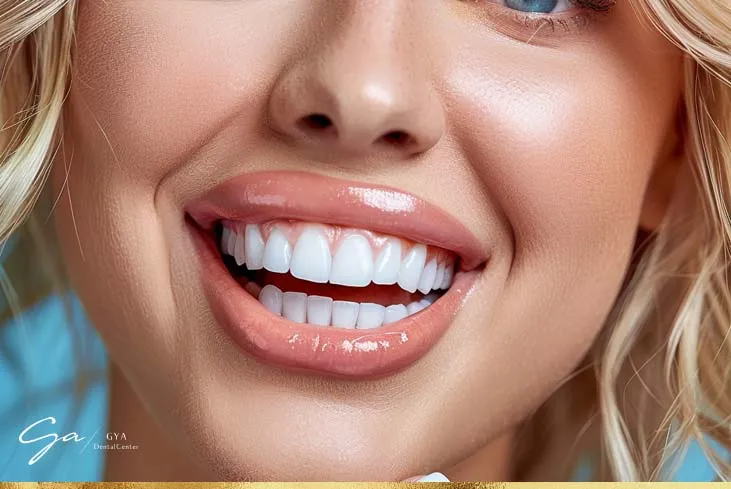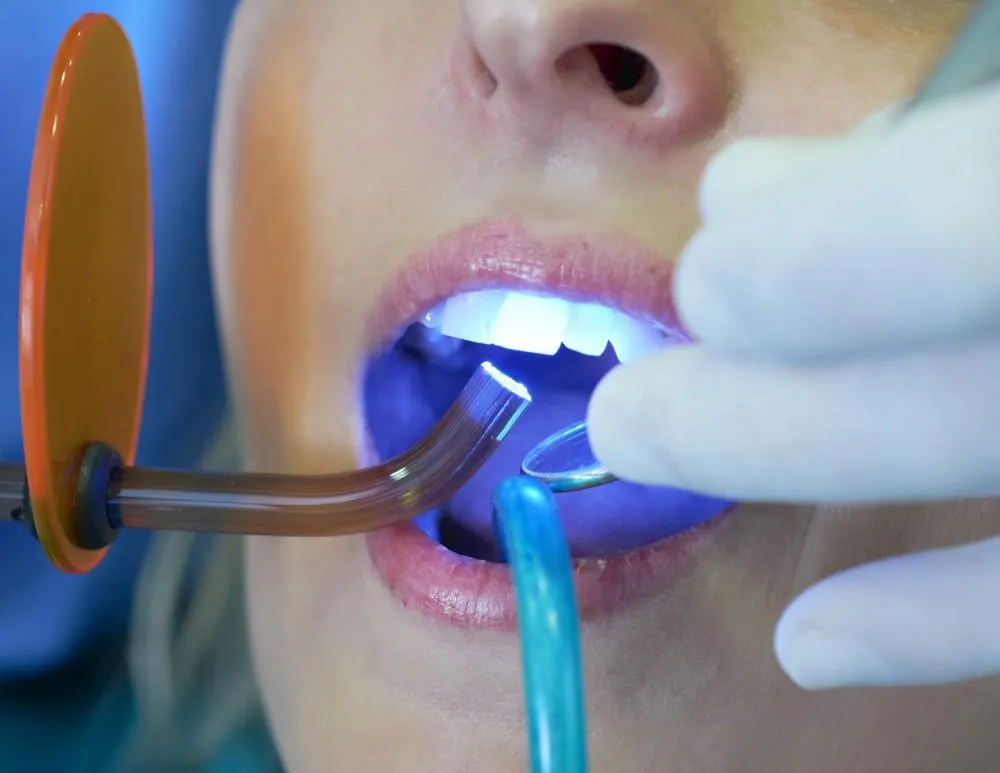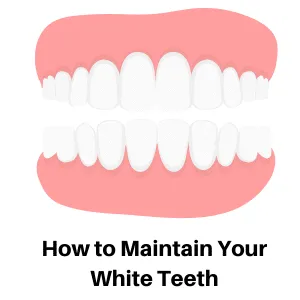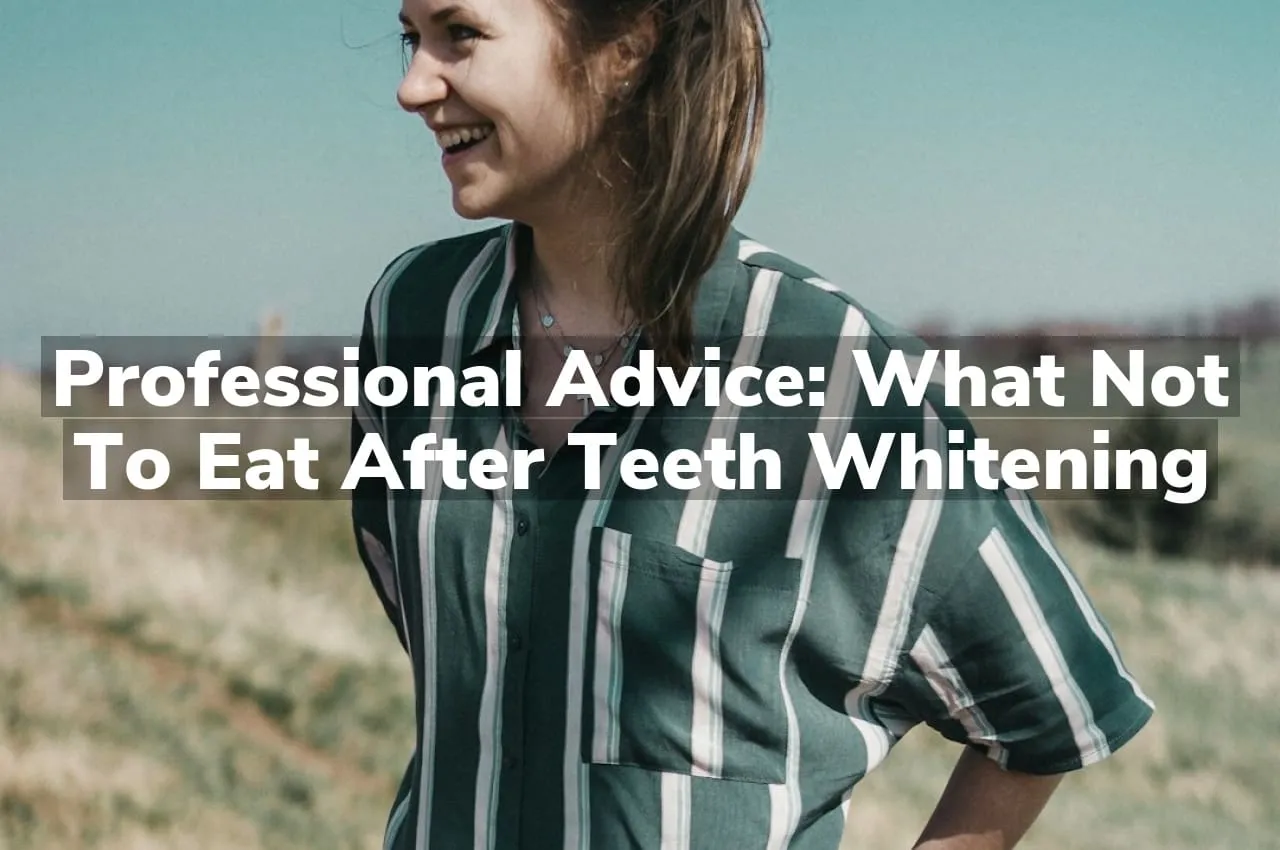What is the White Diet After Teeth Whitening?
Following a white diet after teeth whitening is a crucial step in preserving and maximizing the results of your procedure. Teeth whitening treatments, whether done professionally or at home, work by removing stains and discoloration from the enamel. The white diet is designed to prevent new stains from forming, allowing your teeth to remain bright and white for as long as possible. This diet primarily consists of foods and drinks that are white or pale in color, as these are less likely to stain your newly whitened teeth. Adhering to this diet immediately after whitening is essential because the enamel is more porous and susceptible to staining during this period. It allows the whitening process to fully set, giving you the dazzling smile you desire. Moreover, it helps to extend the lifespan of your whitening treatment, saving you time and money on future procedures.
Foods to Eat on a White Diet
The cornerstone of the white diet is choosing foods that are naturally white or very light in color. This includes a range of options, from dairy products to certain grains. Focusing on these foods ensures that you are consuming items that are less likely to introduce staining agents onto your teeth. The key is to be mindful of the color and properties of your food, opting for ingredients that pose minimal risk of discoloration. This mindful approach will help you maintain the bright, refreshed look of your teeth and make the most of your whitening treatment. Remember, the goal is to create a protective barrier against potential stains during the vulnerable period after teeth whitening, allowing your smile to shine.
Dairy and White Proteins

Dairy products, such as milk, yogurt, and cottage cheese, are excellent choices for the white diet. They are typically white or pale in color and pose minimal risk of staining your teeth. Opt for plain yogurt to avoid added sugars and colorings found in flavored varieties. Additionally, white proteins are crucial. Options include chicken breast, turkey, and fish, all prepared without dark sauces or marinades. These foods are not only safe for your teeth but also provide essential nutrients, helping you maintain a balanced diet while following the restrictions of the white diet. Ensure that you choose preparation methods, such as baking, grilling, or steaming, that maintain the food’s natural color and avoid the use of staining ingredients like soy sauce or curry.
Grains and Starches on the White Diet
Grains and starches are also important components of a white diet. Rice, especially white rice, is a suitable choice, as are white pasta and bread. Be mindful of the sauces and toppings you add to these items, opting for clear or white sauces instead of those with strong pigments like tomato sauce or pesto. Potatoes, peeled and prepared without skin, also fit the bill, although you should avoid any toppings that could stain your teeth. These foods not only provide energy and essential nutrients, but also serve as versatile bases for meals that comply with the dietary restrictions. Pay close attention to the color of your meals to ensure you are staying within the safe guidelines of the white diet, thus protecting your teeth and preserving your white smile.
Foods to Avoid on the White Diet
Conversely, certain foods are strictly off-limits during the white diet to avoid staining your teeth. These include foods with strong pigments and those known to cause discoloration. A primary concern is the intake of foods that can deposit color onto the porous enamel. Careful consideration of these items is crucial for the effectiveness of the teeth whitening procedure. By avoiding them, you help ensure that your teeth remain as white and bright as possible. This requires a conscious approach to your food choices and a thorough understanding of what to avoid to keep your smile looking its best.
Highly Pigmented Foods

Highly pigmented foods are the biggest culprits for staining teeth, and they must be avoided. This category includes berries such as blueberries, blackberries, and raspberries. Tomatoes, beets, and dark leafy greens like spinach also pose a risk. Spices such as turmeric, curry powder, and saffron can impart strong colors, so it is important to avoid them as well. These foods contain pigments that can easily adhere to the enamel of your teeth, especially when it is more porous immediately after whitening. A vigilant approach is required, scrutinizing the ingredients of your meals to ensure that no hidden staining agents are present. Focusing on the elimination of these foods will help prevent any color changes in your newly whitened teeth.
Dark Beverages
Dark beverages are notorious for staining teeth, making them a high-risk category. Coffee, tea, and red wine are notorious for their intense pigmentation and staining properties. Soda, especially cola, contains artificial colors that contribute to discoloration. Fruit juices, particularly those from dark-colored fruits like grape and cranberry, should also be avoided. Instead, opt for clear beverages such as water or milk. Staying hydrated with water is a safe and healthy choice, while milk contributes to the white diet and offers beneficial nutrients. The goal is to choose drinks that won’t leave any stains on your teeth, thus preserving their brightness and ensuring the results of your whitening treatment remain effective.
Tips for Success on the White Diet
Successfully following a white diet requires planning and discipline. By being proactive and mindful of your choices, you can make the process manageable and enjoyable. Staying consistent with the guidelines will maximize the benefits of your teeth whitening treatment. This entails preparing your meals, staying hydrated, and maintaining good oral hygiene. These tips will help you navigate the restrictions effectively, ensuring that you can maintain your bright, white smile while adhering to the diet’s requirements.
Plan Your Meals Ahead

Planning your meals in advance is key to adhering to the white diet. This way, you can ensure that you have appropriate, safe foods available and avoid the temptation of less compliant options. Meal prepping can save time and ensure you are prepared to make healthy choices throughout the day. Create a detailed shopping list and pre-cook ingredients to streamline your meal preparation. Pack your meals for work, social events, or travel to avoid impulsive decisions that could compromise your diet. By planning ahead, you not only increase your chances of success but also reduce stress related to the dietary restrictions, allowing you to enjoy a stress-free transition to a brighter smile.
Stay Hydrated
Drinking plenty of water is crucial for several reasons during the white diet. First, it helps to rinse away any food particles that might remain in your mouth after eating. Second, staying hydrated promotes saliva production, which naturally cleanses the teeth. Ensure you drink water throughout the day, especially after meals. Carrying a water bottle can make it easier to consume adequate amounts of water, helping you adhere to the diet and prevent any potential staining. Staying hydrated also supports overall health, which is a beneficial addition to your oral health efforts, making your journey to a whiter smile as effective and healthy as possible.
Maintain Good Oral Hygiene
Maintaining good oral hygiene is essential during the white diet and after any teeth whitening treatment. Brushing your teeth gently twice a day with a soft-bristled toothbrush and a whitening toothpaste helps remove surface stains without damaging the enamel. Flossing once a day removes plaque and food particles from between your teeth, areas that a toothbrush cannot reach. After each meal, rinsing your mouth with water or a clear mouthwash can further remove any food residue. Regular dental check-ups and professional cleanings are also important to maintain oral health and the results of your whitening treatment. Good oral hygiene protects your investment in teeth whitening, ensuring a lasting, brilliant smile.
How Long to Follow the White Diet

The duration of the white diet is crucial for maximizing the benefits of teeth whitening. This timeframe allows your teeth to stabilize and minimizes the risk of staining. The length of the diet depends on several factors, including the type of whitening treatment you have received and your dentist’s recommendations. Understanding the guidelines and adhering to them diligently will help you achieve the best and most long-lasting results from your whitening procedure.
Understanding the Timeline
Typically, the white diet should be followed for at least one to two weeks immediately after your teeth whitening treatment. This period allows the enamel to stabilize and become less susceptible to staining. During the first few days, your teeth are most vulnerable, so strict adherence to the diet is crucial. As time passes, your teeth will become more resistant to staining, but maintaining some level of caution and avoiding certain foods for a longer period can further protect your bright smile. Following the timeline recommended by your dentist is crucial for ensuring you get the best results from your whitening treatment.
Extending the Diet for Enhanced Results
While a two-week period is standard, extending the white diet can provide additional benefits. Some individuals choose to continue the diet for a longer period, perhaps a month or more, to further protect their teeth and extend the lifespan of their whitening results. This extended period is especially beneficial for those who consume staining foods and drinks regularly. By maintaining vigilance, you can greatly enhance your results. Always discuss your plans with your dentist to ensure the extended diet is appropriate for your specific situation and oral health condition, creating a personalized plan tailored to maximizing the longevity of your bright smile.
Other Considerations

Beyond the dietary guidelines, several other factors can impact the success of your teeth whitening. Your lifestyle choices and any underlying health conditions play a role in maintaining your bright smile. Understanding these factors can help you adapt your approach and optimize the outcomes of the whitening treatment. Furthermore, consulting with your dentist is always recommended to ensure a personalized plan that meets your specific needs and health requirements.
Consult Your Dentist
Consulting your dentist is a critical step for any teeth whitening plan, including the white diet. Your dentist can provide personalized advice based on your oral health, the type of whitening treatment you have received, and your lifestyle. They can offer tailored recommendations regarding how long to follow the diet, the foods to avoid, and any specific precautions to take. Regular check-ups allow the dentist to monitor your progress and ensure that the whitening treatment is effective and that your oral health is maintained. This personalized approach is invaluable in maximizing the benefits of your whitening treatment and ensuring the longevity of your bright smile.
Alternative Foods and Recipes
Adhering to the white diet doesn’t mean sacrificing variety or flavor. Explore alternative foods and recipes to keep your meals interesting. This includes preparing meals with white sauces instead of tomato-based ones, using cauliflower rice instead of traditional rice, and choosing clear soups over dark broths. Creative recipes can help you enjoy your meals while still staying within the white diet’s guidelines. Exploring different preparation methods, such as steaming or baking, helps to maintain the food’s natural color and prevents staining. Staying creative keeps the process enjoyable and increases the likelihood of long-term success, ensuring that you maintain a bright, healthy smile.
